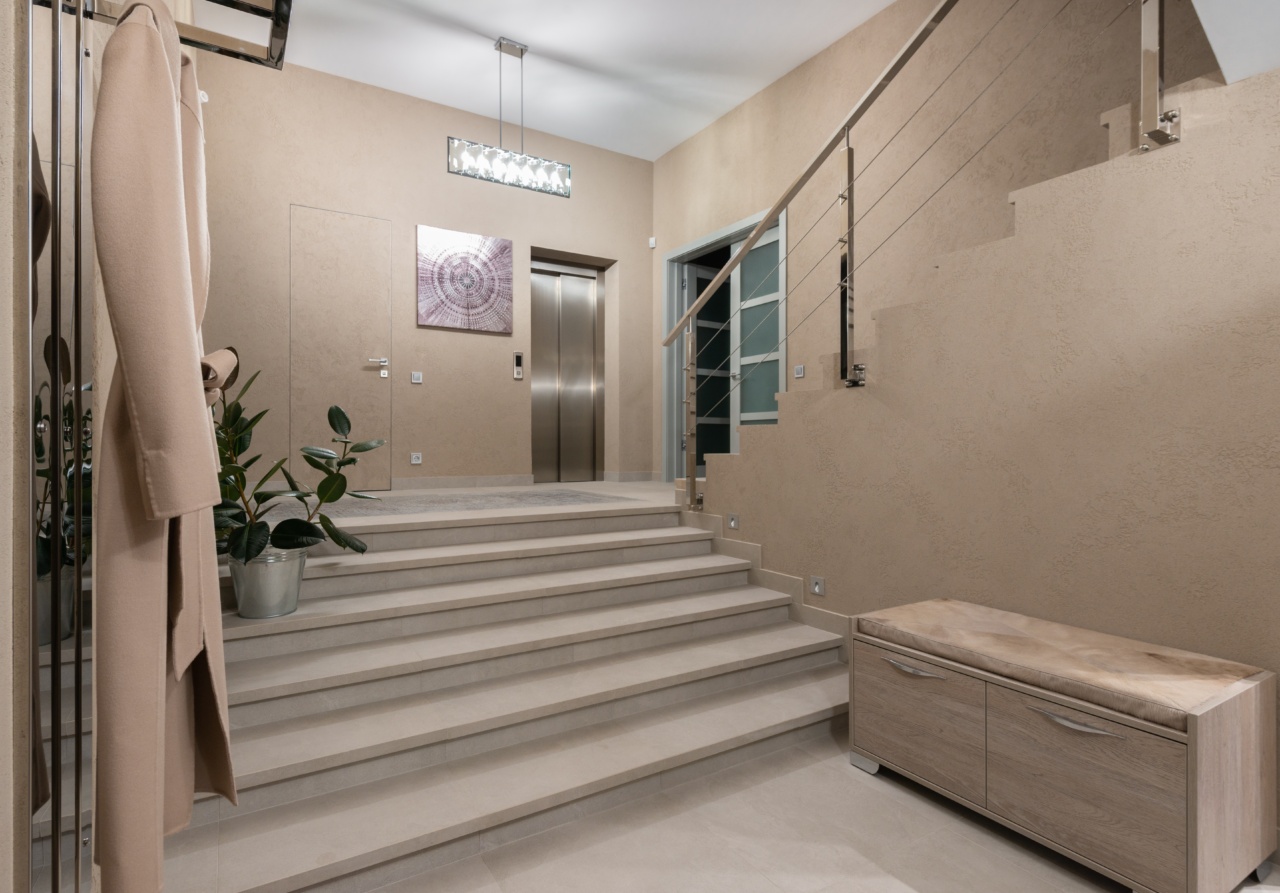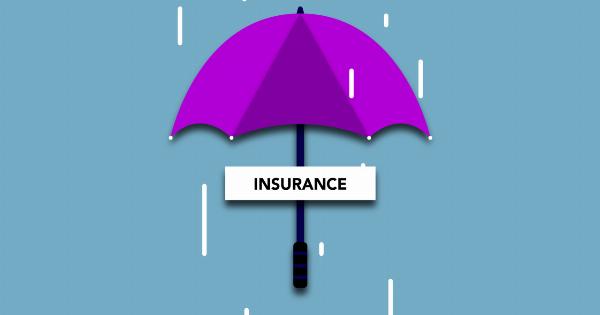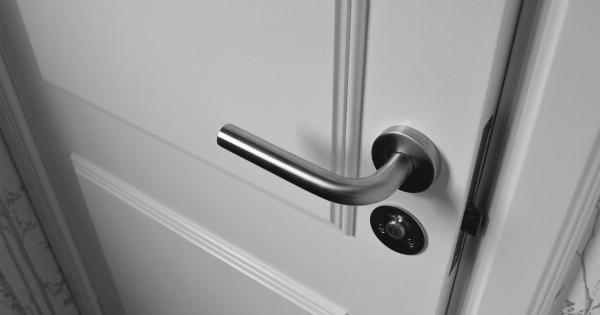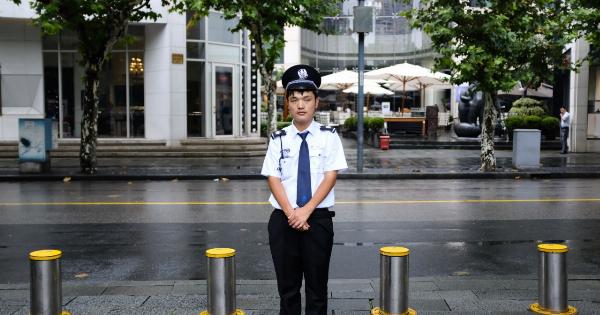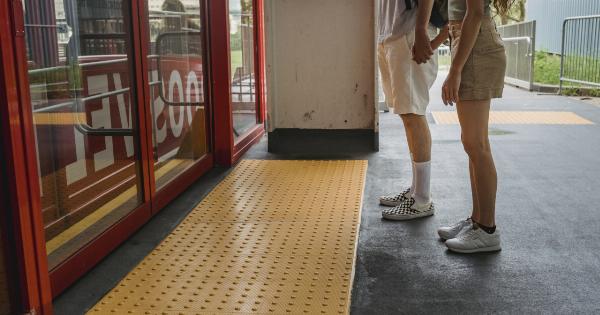Secured properties often require authorization to enter to ensure the safety and privacy of the occupants. This article provides an overview of the authorization process required to enter Mrs Papakosta’s secured property.
Understanding the Need for Authorization
Secured properties are equipped with various security measures such as locked gates, access cards, and surveillance systems to prevent unauthorized entry.
These security measures are put in place to protect the property and its occupants from potential threats or unwanted intrusions.
Authorization Process
The authorization process to enter Mrs Papakosta’s secured property involves several steps to establish the identity and purpose of the visitor. These steps may vary depending on the level of security and specific requirements of the property.
Step 1: Identification
Visitors are required to provide a valid form of identification at the entrance gate or security checkpoint. This can include a government-issued ID, driver’s license, or passport.
The security personnel will verify the identity of the visitor and record their details for future reference.
Step 2: Appointment Confirmation
If the visitor has an appointment with Mrs Papakosta or any other authorized occupant of the property, they must provide proof of the appointment.
This can be in the form of an email confirmation, written letter, or any other documented evidence of the scheduled meeting.
Step 3: Background Check
To ensure the safety and security of the property, visitors may be subjected to a background check. This check may involve verifying the visitor’s criminal record, checking for any past incidents, or confirming their purpose of visit.
This step helps filter out any potential risks or threats to the property.
Step 4: Access Card or Pass
In certain secured properties, visitors may be provided with an access card or pass that grants them limited access to specific areas. The access card or pass is usually valid for a designated period and must be returned upon exit.
This additional measure helps monitor and control visitor movement within the property.
Step 5: Visitor Escort
Depending on the level of security, visitors may be required to be escorted by a designated representative of the property, such as a security guard or a staff member.
The escort ensures that the visitor follows the designated routes, adheres to any specific rules, and maintains the security protocols of the property.
Step 6: Sign-In and Sign-Out
Upon entering the property, visitors are typically required to sign in and provide their contact information. This helps create a record of visitor entry for security purposes.
Similarly, visitors must also sign out when leaving the property to maintain an accurate record of visitor movements.
Step 7: Vehicle Registration
If visitors arrive in their own vehicles, they may need to register their vehicle details at the entrance gate or security checkpoint.
This registration includes providing the vehicle’s make, model, license plate number, and the visitor’s contact information. Vehicle registration helps track the presence of authorized vehicles within the property.
Step 8: Compliance with Property Policies
Visitors must adhere to the property’s rules and regulations during their visit. This may include restrictions on photography, use of electronic devices, or entering specific areas without permission.
Following these policies ensures the integrity of the property’s security and privacy measures.
Step 9: Visitor Badge
Some secured properties issue visitor badges that must be visibly displayed throughout the duration of the visit. The visitor badge helps identify authorized visitors and distinguishes them from unauthorized individuals.
Step 10: Exit Procedure
When leaving the property, visitors must follow the designated exit procedure. This may involve returning any access cards or passes, signing out, and completing any necessary security checks.
Following the established exit procedure ensures that the property’s security measures are maintained even after the visitor’s departure.
Conclusion
Authorization to enter Mrs Papakosta’s secured property involves a comprehensive process that guarantees the safety and privacy of all occupants.
Understanding and adhering to the authorization process ensures a smooth and secure visit to the property, protecting both the visitors and the property itself.
